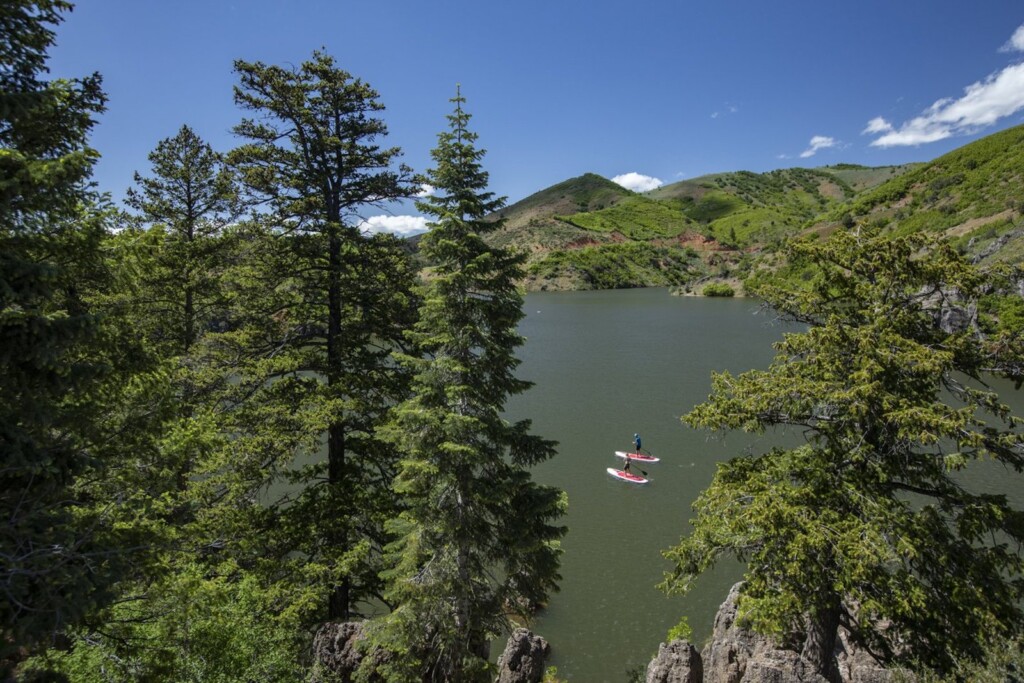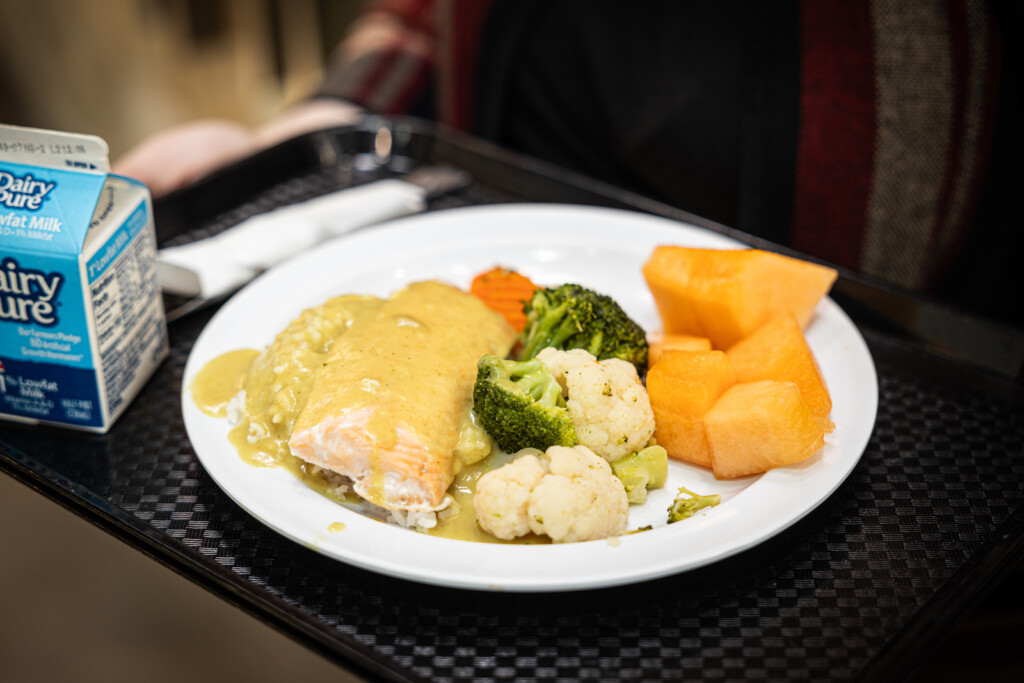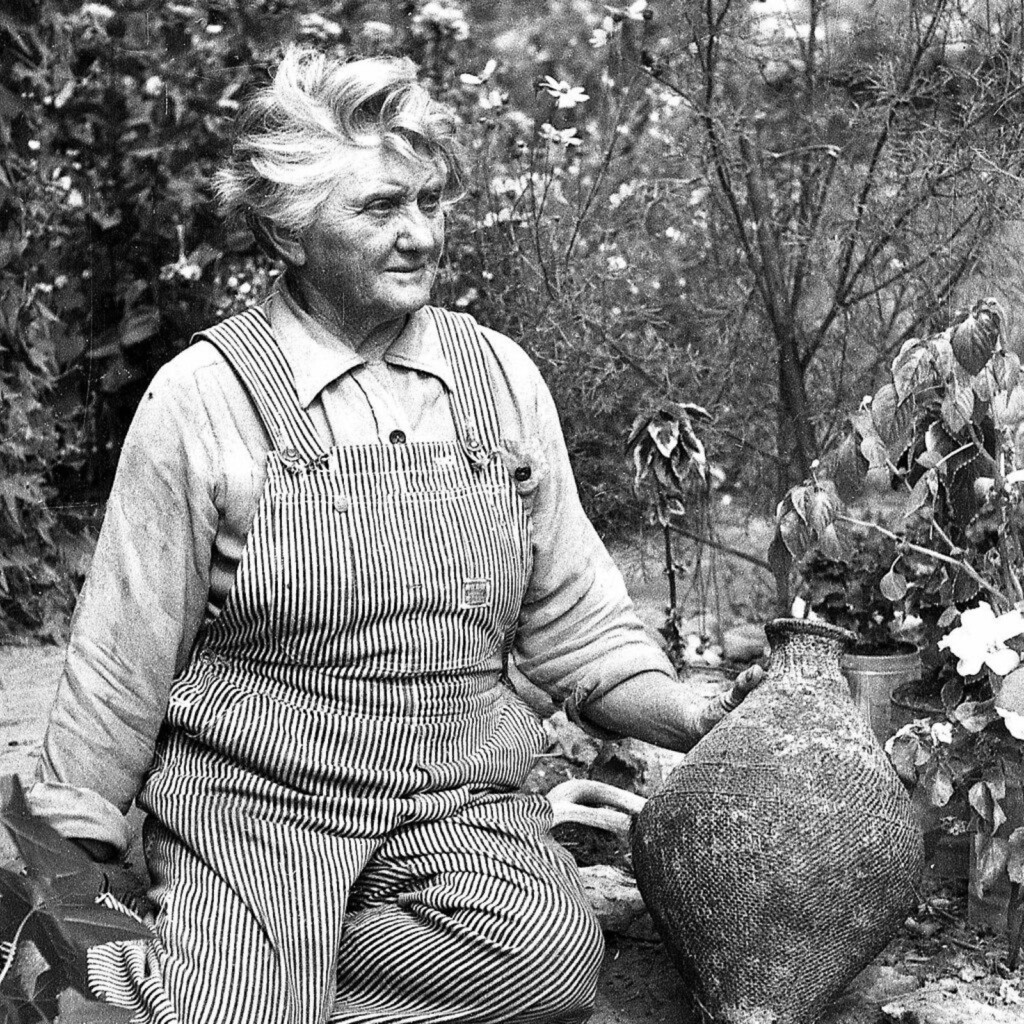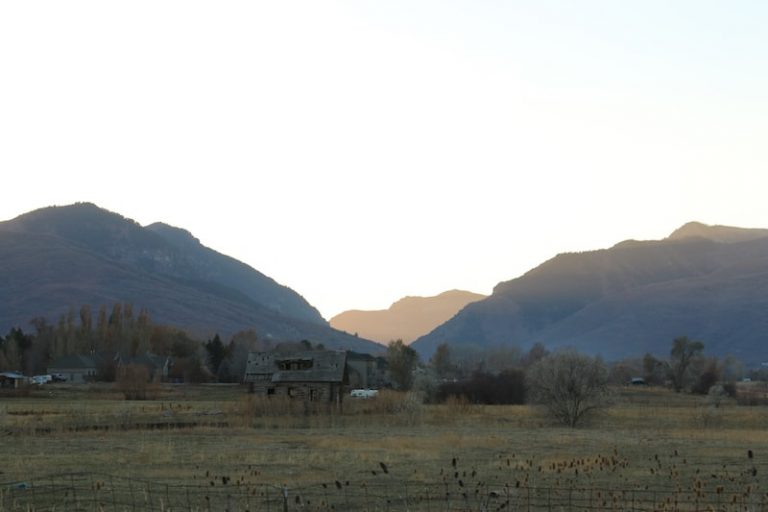
A Brief History of the Ogden Valley
Prior to the arrival of the Mormon pioneers, the Ogden Valley was recognized by Indians as a special place. Abundant game in the area made the traverse across the mountain pass (now called Trapper’s Loop) a seasonal migration for the nomadic Shoshone Indians, who camped and hunted the abundant beaver, moose, elk, and waterfowl that are native to the region. Each summer they hosted rendezvous where they traded with neighboring tribes and mountain men.
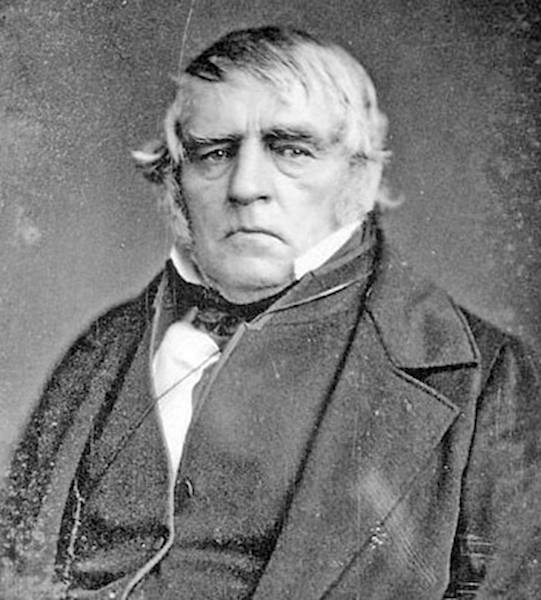
Who Was Peter Skene Ogden?
The first detailed descriptions of the area came in 1824 from fur trapper Peter Skene Ogden. He worked as a captain for the Hudson Bay Company with a brigade of 30 men under his command. Ogden was born in Quebec (and a subject of the British Empire), but his parents were Americans who had been sympathetic to American independence.
Ogden was known for his small, stout size, violent temper, and mean streak. At just 15 years of age, he left home to become an explorer and work for the American Fur Company. His father had intended for him to be a lawyer, and as a result, Ogden had an excellent education, but he used his wits and knowledge to rise in the ranks of the fur trading companies.
Ogden was courageous as well as violent, and he soon achieved high command. On Skeens’ Snake Country Expedition to the territory which is now Utah (between 1824 and 1829), his brigade followed the Bear River from Idaho to the Great Salt Lake to the Weber River. En route, they encountered several trapper companies as well as independent deserters who had formed their own companies. Twenty-four of Skene’s men would eventually desert him during his first expedition and join the American fur trading company.
Ogden mentioned in his diary that French, Spanish and British trappers were all present in their travels following the Bear and Weber Rivers. All were in pursuit of the high-demand beaver pelts. On good days they would trap, collect and skin up to 200 beavers. Whites and Indians alike were highly territorial as they all knew they would pursue the precious beaver to obliteration. And the British and Americans fought over who the territory belonged to, seemingly ignoring the fact that it was indeed Mexican territory. This is an account from Peter Skene Ogden’s Diary:
“The whole Country overrun with Americans & Canadians all in the pursuit of the Same object [beaver] of this we had convincing proofs this Spring on Bears River & now here for this party know nothing of the others, it appears we are now on the Utas Lands who they represent as being most friendly to the Whites.”
It was thanks in part to the account that the “Utas” (later called Utes) as being “friendly to the Whites,” that twenty-four years later, Brigham Young was encouraged to settle in the Salt Lake Valley after the Mormon exodus from their former settlement in Nauvoo, Illinois, in search of the promised land.
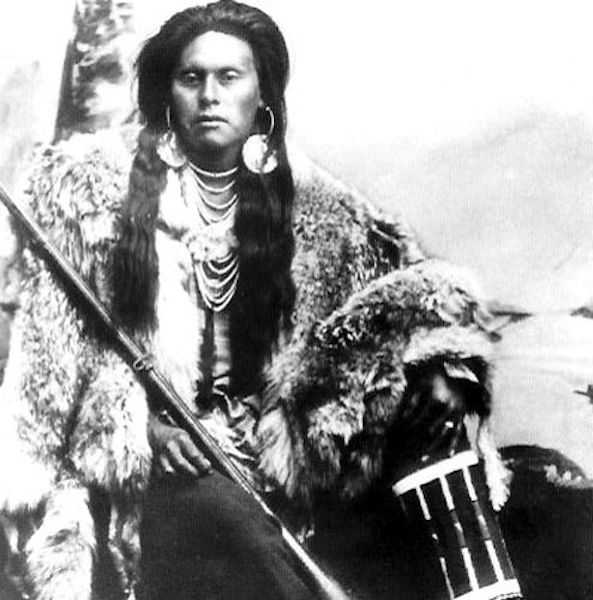
The Shoshone Indians were far more common in the area of Ogden Valley than the Utes. The Shoshone were not as friendly as the Utes—as they and their horses began to suffer greatly from the steady stream of migrants on the Oregon Trail. They began attacking settlers, and battles and territory issues ensued over the years.
By the 1860s, mostly German and English Mormon settlers started migrating to the Ogden Valley by the hundreds, and the area became a prominent Mormon town. The Ogden Valley (located above Ogden Canyon, with the towns of Huntsville, Eden and Liberty) proved excellent terrain for both farming and livestock for the Latter-Day Saints.
Mary Granny Heathman Smith “Granny Smith”
Granny Smith was a “doctor, surgeon, midwife and nurse” in Huntsville. Born in England in 1818, she settled in the Ogden Valley in 1867. She tirelessly attended to the medical needs of pioneer women. Smith became famous for her dedication to helping the pioneers in Eden and Huntsville. Located in the center of town today there is a monument dedicated to Smith that reads:
For 30 years in storm and sunshine, during the bleakest winter and darkest night, with little or no remuneration she attended the people of Ogden Valley with a faithfulness unexcelled.
In addition to rearing her own family of nine, under her skill and attention she brought into the world more than 1,500 babies.
She died in Huntsville, December 15, 1895.
The extremely difficult conditions (heavy snow, cold temperatures) required settlers to be tough, rugged and independent. That spirit continues among locals today.
Sources:
Peter Skene Ogden’s Trek into Utah 1828-1829: David E. Miller




